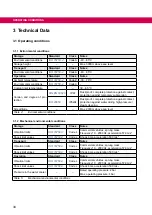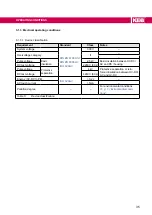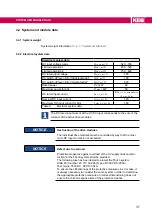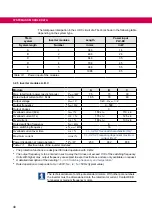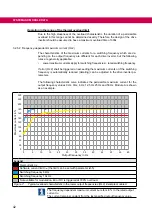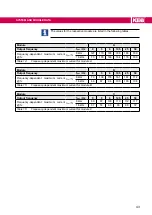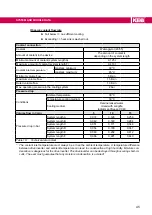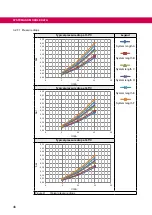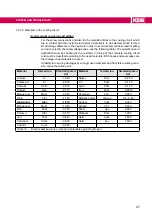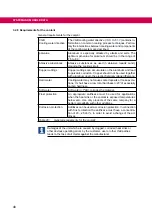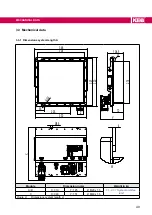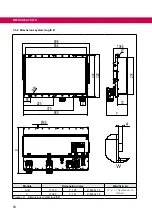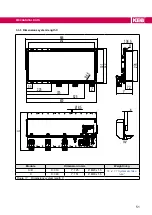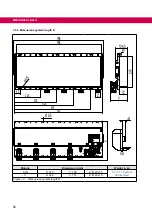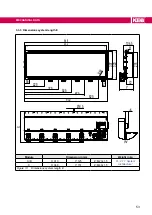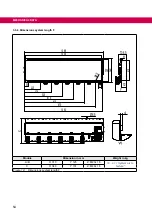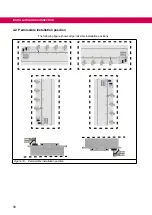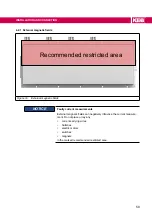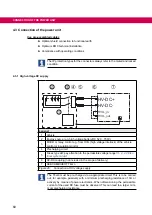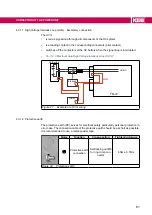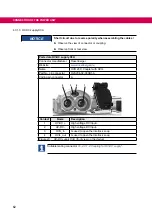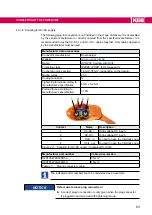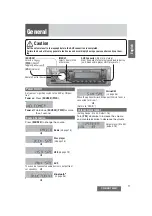
3.2.8 Requirements for the coolant
General requirements for the coolant:
VGB
Cooling water directive
The VGB cooling water directive (
) contains in-
formation on common cooling process techniques. Particu-
lary the interactions between cooling water and components
of the cooling system are described.
pH-value
Aluminum is especially attacked by alkalis and salts. The
optimum pH-value for aluminum should be in the range of
7.5 to 8.0.
Abrasive substances
Abrasive substances as used in abrasive (quartz sand),
clogging the cooling circuit.
Copper cuttings
Copper cuttings can accumulate on the aluminum and lead
to galvanic corrosion. Copper should not be used together
with aluminum due to the electrochemical voltage difference.
Hard water
Cooling water may not cause scale deposits or loose excre-
tions. It shall have a low total hardness (<20°d) especially
carbon hardness.
Soft water
Soft water (<7°dH) corrodes the material.
Frost protection
An appropriate antifreeze must be used for applications
when the heat sink or the coolant is exposed temperatures
below zero. Use only products of the same company for a
better compatibility with other additives.
Corrosion protection
Additives can be used as corrosion protection. In connection
with frost protection the antifreeze must have a concentra-
tion of 20…25 Vol %, in order to avoid a change of the ad-
ditives.
Table 20:
General requirements for the coolant:
Damages at the unit which are caused by clogged, corroded heat sinks or
other obvious operating errors by the customer, user or other third parties
leads to the loss of all claims against the manufacturer.
48
SYSTEM AND MODULE DATA
Summary of Contents for COMBIVERT T6APD
Page 2: ......

